 Technology
Technology  Technology
Technology  Humans
Humans 10 Everyday Human Behaviors That Are Actually Survival Instincts
 Animals
Animals 10 Animals That Humiliated and Harmed Historical Leaders
 History
History 10 Most Influential Protests in Modern History
 Creepy
Creepy 10 More Representations of Death from Myth, Legend, and Folktale
 Technology
Technology 10 Scientific Breakthroughs of 2025 That’ll Change Everything
 Our World
Our World 10 Ways Icelandic Culture Makes Other Countries Look Boring
 Misconceptions
Misconceptions 10 Common Misconceptions About the Victorian Era
 Mysteries
Mysteries 10 Strange Unexplained Mysteries of 2025
 Miscellaneous
Miscellaneous 10 of History’s Most Bell-Ringing Finishing Moves
 Technology
Technology Top 10 Everyday Tech Buzzwords That Hide a Darker Past
 Humans
Humans 10 Everyday Human Behaviors That Are Actually Survival Instincts
 Animals
Animals 10 Animals That Humiliated and Harmed Historical Leaders
Who's Behind Listverse?

Jamie Frater
Head Editor
Jamie founded Listverse due to an insatiable desire to share fascinating, obscure, and bizarre facts. He has been a guest speaker on numerous national radio and television stations and is a five time published author.
More About Us History
History 10 Most Influential Protests in Modern History
 Creepy
Creepy 10 More Representations of Death from Myth, Legend, and Folktale
 Technology
Technology 10 Scientific Breakthroughs of 2025 That’ll Change Everything
 Our World
Our World 10 Ways Icelandic Culture Makes Other Countries Look Boring
 Misconceptions
Misconceptions 10 Common Misconceptions About the Victorian Era
 Mysteries
Mysteries 10 Strange Unexplained Mysteries of 2025
 Miscellaneous
Miscellaneous 10 of History’s Most Bell-Ringing Finishing Moves
Top 10 Horrifying Facts About Working In An Amazon Warehouse
The moment you hit that “Place Your Order” button, a chain reaction sparks, sending a team of warehouse workers and delivery drivers into the frenzy of activity to get your package to your door before the end of the day.
Top 10 Bizarre Things You Can Buy on Amazon
For those of us sitting at home at our computers, Amazon is one of the modern world’s great luxuries — but for the people who make up the cogs of the machine that make it possible, it’s a grueling push in sweatshop-like conditions that wreak havoc on their bodies and their health.
Amazon has been called one of the worst places to work in America—but to see just how bad it really is, we took a deep dive into life is like working inside one of their warehouses.
10 You Can Get Fired By An AI Program
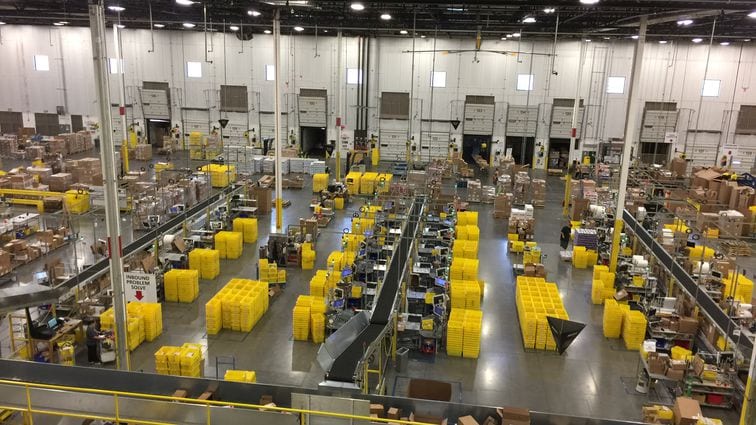
Inside of an Amazon warehouse, it’s sink or swim. Amazon wants its workers to be as productive as their colleagues—and they’re not afraid to fire them if they fall behind.
Their employees track their work with scanners—not unlike the ones you see in grocery stores—that are equipped with a program called “ADAPT”. It tracks how many items they’re scanning, and if you pause even for a second, it tracks it and pushes into an algorithm that can get you fired.
On average, employees are expected to scan a new item every 11 seconds — which adds up to more than 300 items an hour. If you take a break—even to go to the bathroom—the machine starts adding up your “time off task”, and if it gets too high, you’re gone.
Warehouse workers say they’ve seen colleagues who gave five years of their lives to the company sent packing because of their numbers.
So how many people get fired by ADAPT? One warehouse was forced to report its numbers during a lawsuit, and their figures are staggering. That one warehouse alone had let their efficiency program fire 300 full-time employees in a single year.[1]
9 Workers Pee In Bottles And Trash Cans

When pausing your work for a second can cost you your job, taking a bathroom break can be career suicide. It’s especially bad if you’re nowhere near a toilet — and so some Amazon workers have admitted that, to keep their jobs, they pee in bottles and trash cans.
Not everyone’s willing to take those kinds of drastic measures, but the people who hold it in suffer in their own ways. Some have admitted that they don’t drink a drop of water for their entire 10-hour, physically-demanding shift, while others have held it so much that they’ve developed urinary tract infections.
Delivery drivers are pushed just as hard. They have to deliver so many packages that some have admitted that, to make their orders in time, they defecate in their delivery vans.
Others just speed.
“I had to, the way it was designed. You’re going to have to do that,” one Amazon delivery driver told the press after admitting to driving 120 mph to finish his route before nightfall. “I had a few crashes… but not bad crashes.”[2]
8 Amazon Workers Get Injured At 4X The Normal Rate

As high as the risk of getting fired might be in an Amazon warehouse, the risk of getting injured is even higher. One warehouse has reported having 422 injuries in a single year — which is more than 4X the industry average.
Amazon’s high injury rate is directly linked to their intense quotas. Demands on workers are so high that many don’t see any way to meet them without taking short cuts — and so basic safety guidelines are ignored just to get those packages out faster.
But in an Amazon warehouse, getting injured is no excuse for taking a break. That’s why their factories come equipped with vending machines that dispense free pain medication to anyone with a work badge, so you can pop a few pills and get to work.
One worker admitted to a reporter that she’s started “popping [Advil] like candy” because of the aches all over her body. It’s probably unhealthy — but before she started popping pills, she says that she’d end up in such horrible pain that she’s collapse onto the warehouse floor and cry.
Another worker, whose on-the-job injuries have left her bulging discs, back sprain, joint inflammation, and chronic pain put it like this:
“I’m still too young to feel like I’m 90 years old.”[3]
7 A Man Having A Heart Attack Wasn’t Given Help For 25 Minutes
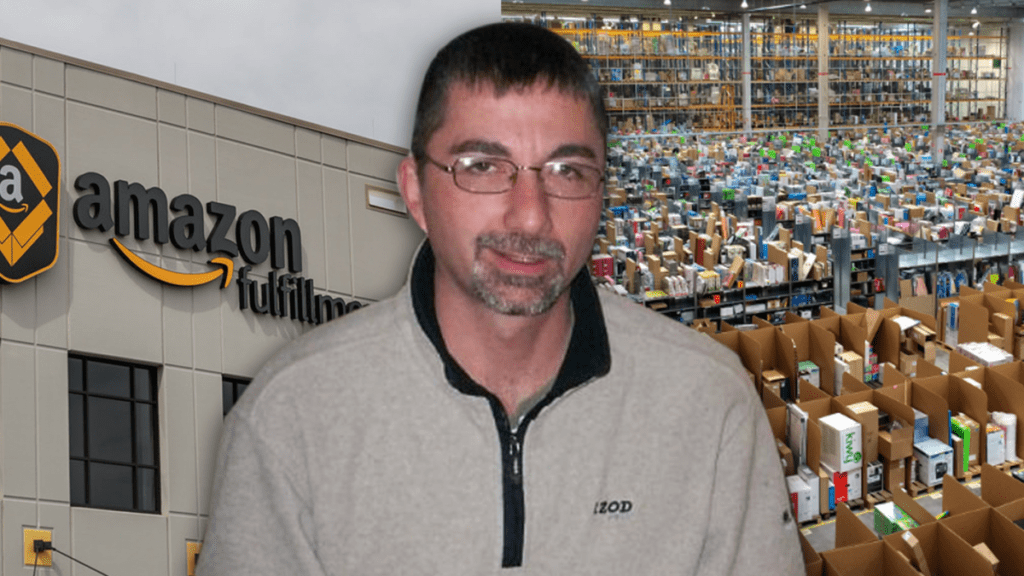
When Thomas Becker had a heart attack in an Amazon warehouse in 2017, he begged his colleagues: “Do not let me die.”
But they did.
His coworkers immediately called their supervisors and asked them to call 9-1-1 for help, but the Amazon warehouse’s management was more concerned about the security of their building than they were about the man who was dying on their concrete floor.
Management demanded everyone present give them their personal information, including their social security numbers and dates of birth, before they called for help.
In the meantime, nothing was done to help Becker. There were defibrillator boxes around the warehouse that could have saved his life — if they defibrillators in them. But instead, they were empty, just pasted onto the wall for show, and so nobody could do anything for him until the emergency responders arrived.
It took 25 minutes for anyone to call 9-1-1 — and when they did, management refused to let them in through the loading dock door that would have brought them directly to Becker. Instead, they had security question the responders at the door, then walked them the long way through the facility, adding another 7 minutes to their response time.
By the time someone finally reached Becker, he’d already stopped breathing.[4]
6 Amazon Had 6 Deaths In A Year
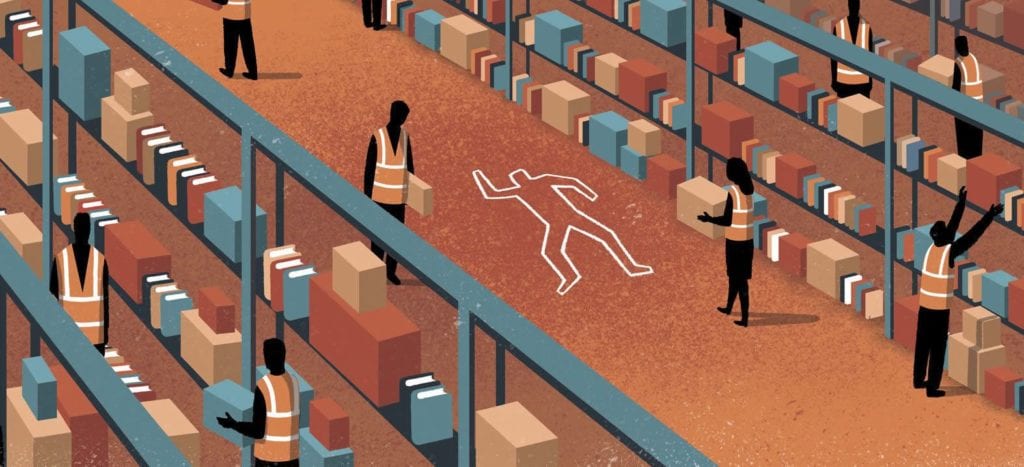
Becker’s death wasn’t a one-off incident. Two years later, another worker had a heart attack — and once again, the Amazon team left him dying on the floor for 20 minutes before doing anything to help.
Between Nov. 2018 and Nov. 2019, the company had 6 deaths within its warehouses, and they’ve managed to brush off the blame for every one.
The only time they were ever even briefly charged for an employee’s death was after an Indiana worker named Phillip Lee Terry was crushed to death by a forklift in 2017. Terry was a former marketer with no experience with heavy machinery, but when he got a job at Amazon, he was almost immediately put in charge of riding and repairing forklifts.
He was given no training. A co-worker gave him brief, verbal instructions, but that was done entirely off-the-record. Terry didn’t know the proper safety precautions required to work on a forklift — and so, when trying to repair one, he ended up crushed by a 1,200-pound metal platform.
Courts briefly ruled that Amazon was at fault, and, for Terry’s death, fined the company — which had made $72.4 billion in profit that year — $28,000.
But even that was brushed aside. Amazon appealed to Gov. Eric Holcomb, who was trying to convince them to bring their next headquarters to Indiana, and — hoping to lure in their business—he waived the fine and absolved them of all blame.[5]
10 Companies That Treat Their Employees Even Worse Than Amazon
5 Amazon Robots Have Sprayed Workers With Bear Repellent Multiple Times
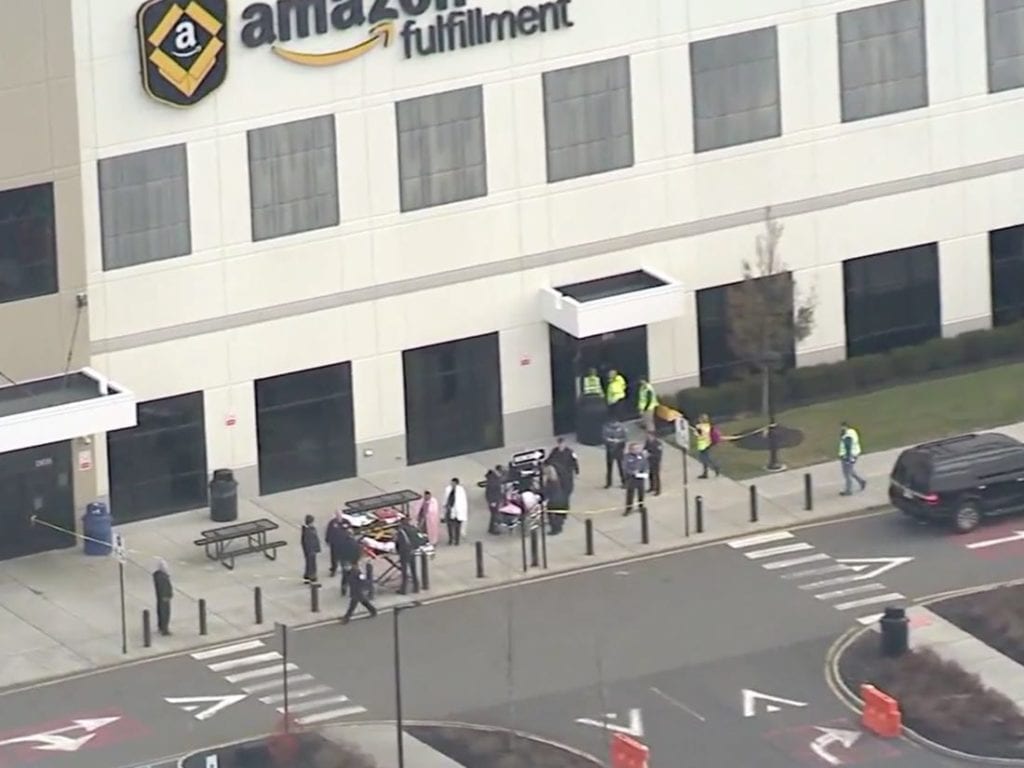
An Amazon warehouse made national news in Dec. of 2018 when a robot punctured a bear repellent can, spraying every employee within range with a type of mace meant to be used on a 600-pound beast.
50 workers got sick, 24 of whom were sent to the hospital and one of whom was brought into intensive care. It was horrifying — but as reporters started looking into it, they quickly realized that it wasn’t even the first time it had happened.
Earlier the same year, another bear repellent can had been dropped to another Amazon warehouse floor, once again exploding and spraying an entire team. And a few years before that, a robot had sprayed its colleagues by running over yet another can of bear repellent.
That’s three times in just a couple of years that a factory full of Amazon workers just trying to make a paycheck got bear spray in their eyes — and every time, it was because of a robot that just wasn’t programmed to be careful enough.[6]
4 Amazon’s Pickers Walk 20 Miles A Day
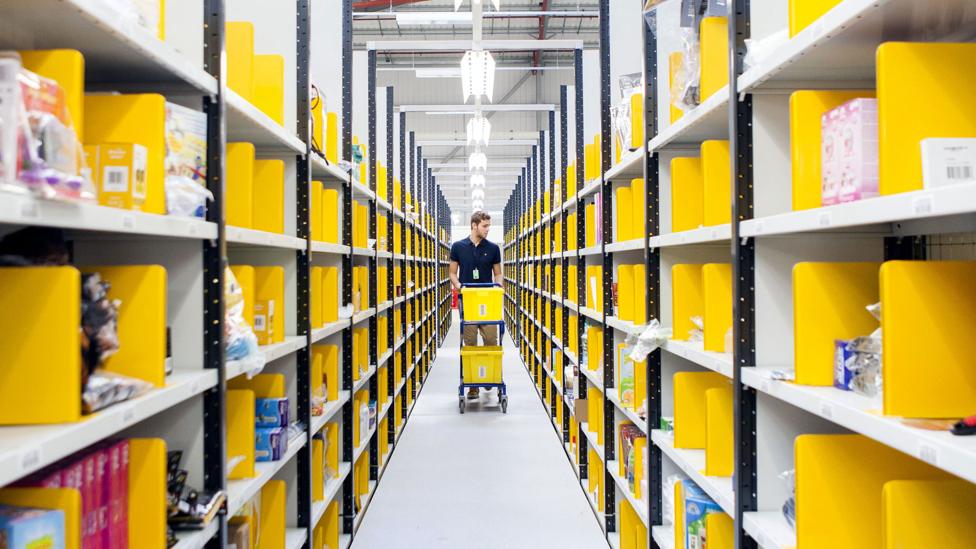
“Stowers” and “Pickers” — the people who collect the merchandise and bring it to the conveyor belts for packaging — have to do a lot of walking. In fact, it’s pretty normal for them to walk up to 20 miles a day.
Amazon’s tried to sell that as a positive. They even have a training video in which an employee boasts that she’s lost 20 pounds from all the walking — but for the workers, it’s not exactly fun. Most of the walking is done on concrete floors, leaving employees in so worn down that they tend to rely on the pain meds in those vending machines to get through a day.
“I feel like I’ve been hit by a garbage truck,” one worker told a reporter, before admitting that she takes a minimum of four pain pills a day.
Amazon’s defense is that they’re trying to do away with these jobs and replace them with robots — but the statistics show that the robots just make things worse. In factories that have robot stowers and pickers, the employees packaging are forced to put through items three to four times as quickly, putting intense strain on their bodies.
Keeping up with the robots is even more brutal than all that walking — and, as a result, injury rates are even higher in Amazon factories that use robots.[7]
3 Workers Put In Mandatory 60-Hour Weeks
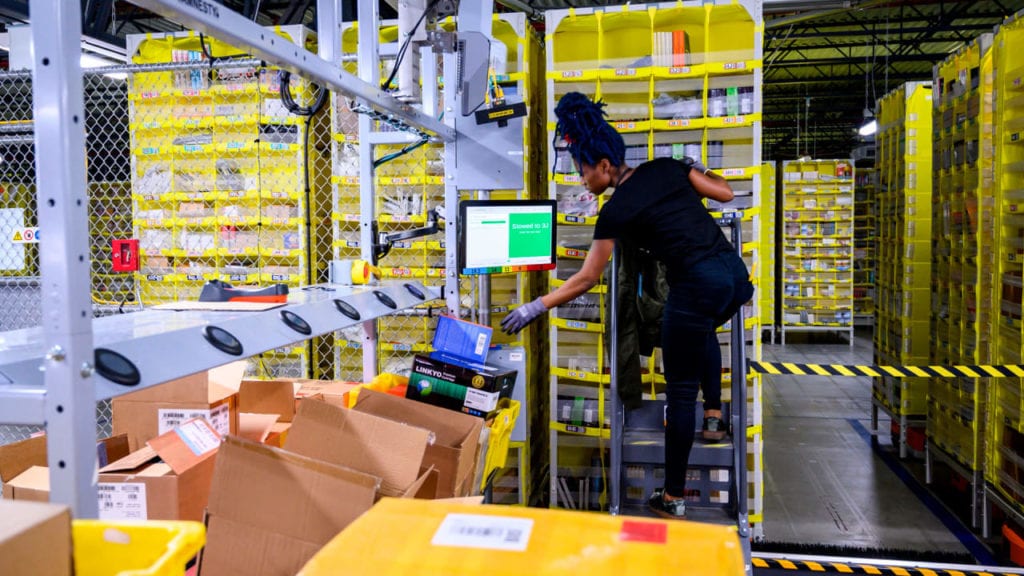
During the off-season, Amazon workers have fairly normal hours. They usually put in four 10-hour shifts each week, giving them a standard 40-hour work-week. But when the holidays come, work becomes nothing short of brutal.
From mid-November to the end of Christmas, Amazon workers are required to do mandatory overtime, working 60 hours a week.
There’s no way out of it. The warehouses put a freeze on time off requests when the holidays come near, and anyone who tries to call in sick can get fired for taking too much unpaid time off.
Injuries skyrocket during these holiday rushes, according to an independent study of Amazon’s injury claims. The workers are pushed so hard and given so little time to rest that their bodies just can’t handle the strain.
“It’s like doing 11 1/2 hours of cardio five days a week,” one worker has said. “You’re going up and down stairs, squatting down, getting on your knees, getting back up.”
“For the 60-hour workweek,” another says, “you’re a slave.”[8]
2 Amazon Workers Demonstrate Suicidal Tendencies
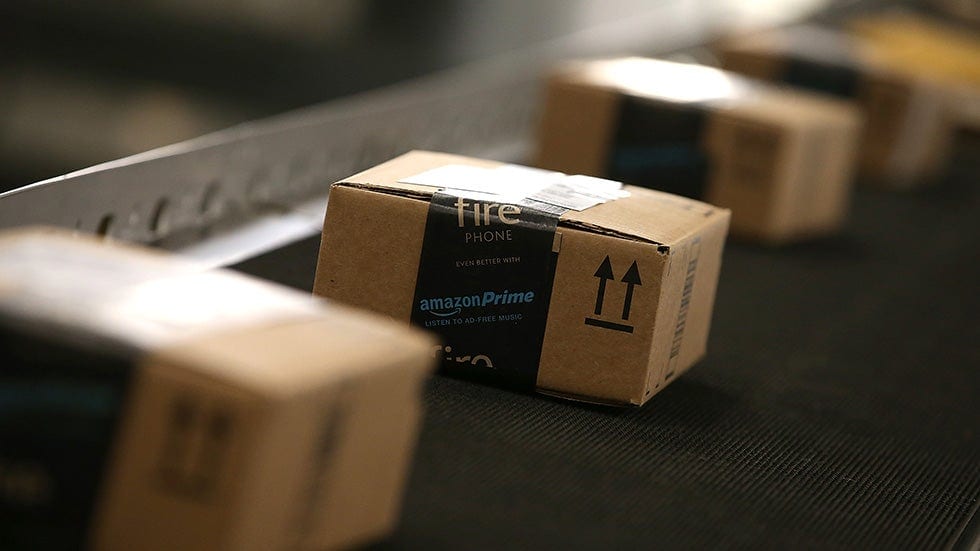
Reporters for the Daily Beast reviewed 9-1-1 calls from Amazon warehouse and found that, between Oct. 2013 and Oct. 2018, emergency responders were sent to Amazon warehouse to intervene in suicide attempts at least 189 times.
The key word there is “at least”. Their investigation only looked at call logs for about ¼ of Amazon’s warehouses in the US, and it didn’t look at any in other countries — and so 189 is only a small fraction of the real number.
These workers get suicidal for a wide variety of reasons, but almost every one can be traced back to Amazon’s quota system.
One call came from a woman in Florida, who said she was “going to go home and kill herself” because she’d been fired for inefficiency; another came from a man who was considering hurting himself because of “all the demands his employer has placed on him”; and a third just outright told police she was planning on either “[running] her vehicle into an 18 wheeler or cutting her throat.”
“It’s this isolating colony of hell where people having breakdowns is a regular occurrence,” one former employee told them. “[It’s] mentally taxing to do the same task super fast for 10-hour shifts, four or five days a week.”[9]
1 Amazon’s Solution Is To Replace Everyone With Robots

So how’s Amazon going to deal with being called one of America’s worst workplaces? Simple — by firing everybody and bringing in machines.
Amazon is actively working to replace their staff with machines. They recently announced a set of robots designed to replace their packers, and they’re already planning on using them to get rid of 1,300 warehouse workers in American alone.
But that’s only the first step in a bigger plan. Down the road, Amazon’s actively looking into just replacing every single human being in the entire factory. One Amazon Director told a business magazine that the company is “10 years away” from being able to create “lights-out”, human-free warehouses.
The only reason they haven’t done it already is that the technology doesn’t exist yet.
“There’s a variety of technology that’s come out,” the Amazon director bemoaned, “but it’s not close to where we need it.”
But in another 10 years or so, all of these Amazon complaints will finally go away — because all of the workers will have been replaced by machines.[10]
Top 10 Innovative Products Of The Last Decade








